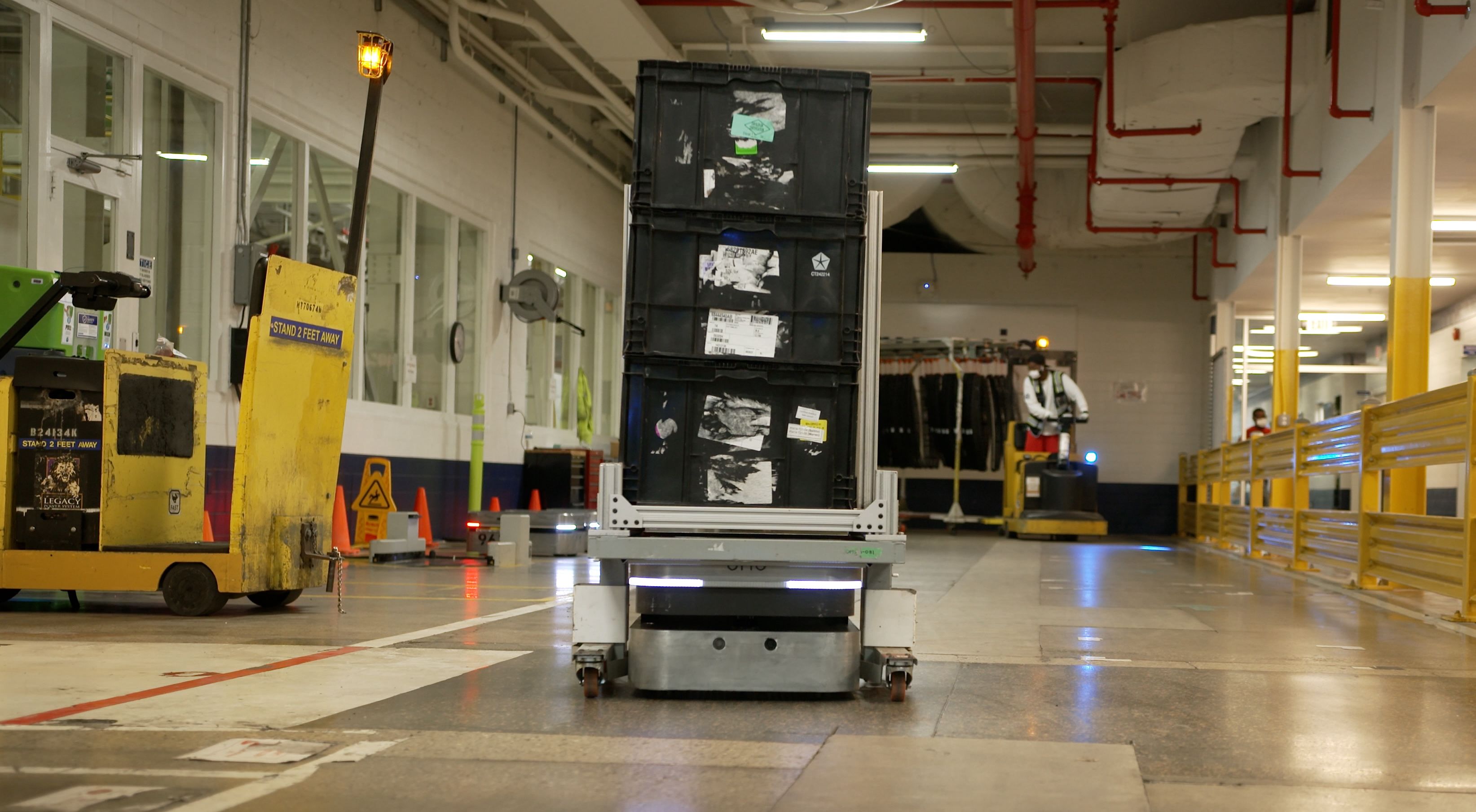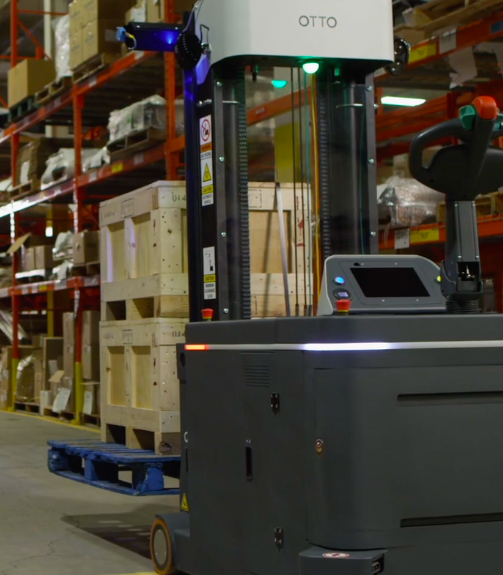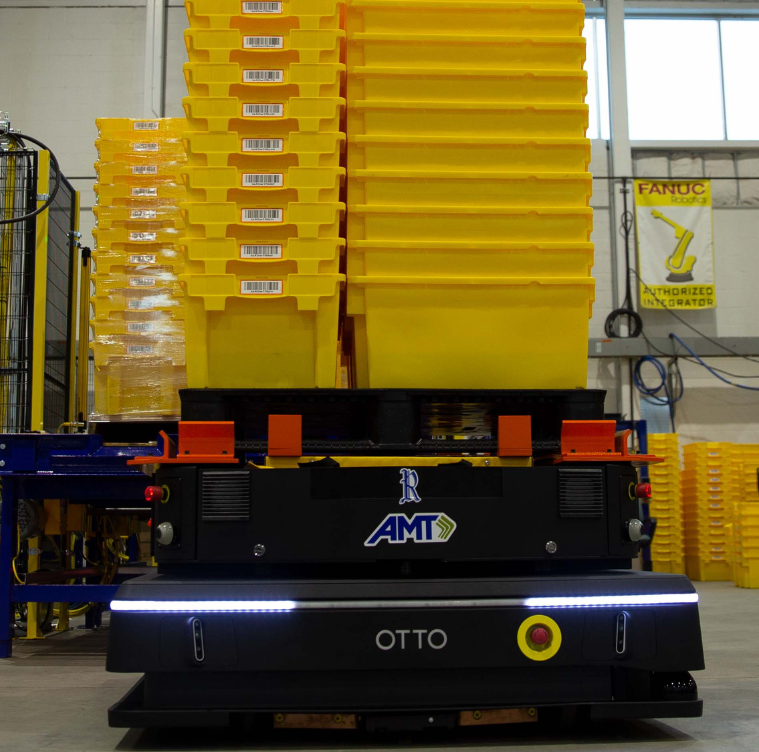Blog
The future is electric: Accelerated electric vehicle manufacturing and the automation solution

The future is electric. Driven by environmental concerns, evolving consumer preferences, and technological advancements, electric vehicle (EV) production is rapidly accelerating. Governments worldwide are implementing mandates to regulate air pollution, with road transport accounting for 16% of global emissions.
For example, by 2035, every passenger vehicle sold in Canada will need to be electric. Additionally, the Environmental Protection Agency has proposed that 67% of all new passenger cars and 25% of heavy trucks sold in the United States must be all-electric by 2032.
The automotive industry is investing hundreds of billions of dollars to accelerate their vehicle electrification plans, including recent commitments to re-tool several factories for zero-emission vehicle manufacturing:
- Ford transformed their Cologne, Germany facility into an EV-focused assembly plant with a $2 billion investment.
- Honda aims to produce more than 2 million EVs a year by 2030, with two new EV models going on sale in 2024.
- Toyota is building a $50 million battery lab and R&D center in Michigan, US to research the best path toward EV production.
- BMW invested $1.7 billion in its operations based in South Carolina, US, including $700 million to build a 1-million-square-foot battery assembly plant in Woodruff, and $1 billion to expand and retool its plant in Spartanburg to build EVs.
- Stellantis plants in Southern Ontario, Canada are receiving $3.6 billion in government funding to support the company’s push toward EV and battery production.
After years of growth, more than 10 million EVs were sold worldwide in 2022, with a projected 35% growth rate in 2023. This growth will only continue, with electric vehicles forecasted to be half of global car sales by 2035.

Image 1: The long-term forecast for EV sales in the United States, with nearly 30% of car sales coming from EV sales in 2030, according to EVAdoption.
The acceleration of EV production accentuates the global labor shortage
The increase in facilities producing EVs has raised concerns about the availability of skilled workers to support the growing industry.
According to ABB’s Automotive Manufacturing Outlook Survey, automotive manufacturers are citing growing labor costs/shortages as a top 3 concern, particularly across Asia and North America. This likely results from the 2.4 million manufacturing jobs projected to go unfilled by 2028, with 45% of manufacturing executives turning down business opportunities due to a lack of workers in 2022.

Image 2: ABB’s Automotive Manufacturing Outlook Survey cites “specific skills shortages”, “new skill sets are required”, and “general labor shortages” as the top three labor and skills challenges impacting manufacturing.
The recent acceleration toward EV production will only add to the amount of needed workers in an increasing number of automotive manufacturing facilities. In fact, in a survey of nearly 600 automotive industry leaders around the world, 59% believe that the timetable for full EV production is unrealistic.
It’s projected over the next 10 years that we’re going to produce 3.5 million STEM jobs, and 2 million are projected to go unfilled.
Jeff Makarewicz
Technical Resources Chief, Toyota North America
Flexible automation helps “future-proof” automotive operations
As EV production accelerates, and simultaneously, available labor decreases, automotive manufacturers worldwide are searching for a solution. With fewer available workers, manufacturers need to focus their available workers on high value-added tasks and jobs that require uniquely human skills. The dull, repetitive task of material handling can be automated with autonomous mobile robots (AMRs) and other automation solutions as a way to “future-proof” their operations.

Image 3: When asked “how significant do you think the following will be in changing automotive manufacturing in the next three years”, over 80% of ABB’s Automotive Manufacturing Outlook Survey respondents said automation and robotics will change the face of the industry.
Automotive manufacturers are retooling brownfield facilities and investing in new greenfield facilities to produce a wider range of vehicles than ever before, with internal combustion engines, hybrid technology, and full battery EVs. The resulting needed flexibility can be achieved with AMRs that can autonomously change their routes and tasks quickly in a dynamic, mission-critical environment.
When asked how automotive manufacturers plan to combat top challenges, including labor shortages, respondents focused on Industry 4.0 technologies, including robotics and automation.
We are increasing our robotisation and automation every year. We are also working on more lean manufacturing concepts.
Respondent in ABB’s Automotive Manufacturing Outlook survey
As EV production increases, the number of required workers increases simultaneously, resulting in the need for automation to help mitigate the demand for labor. AMRs, specifically, can automate the repetitive task of material movement while providing the flexibility needed in a constantly changing factory.







